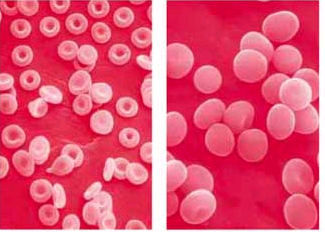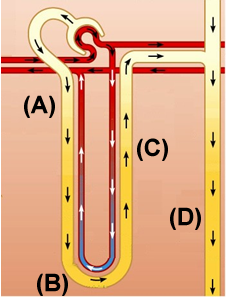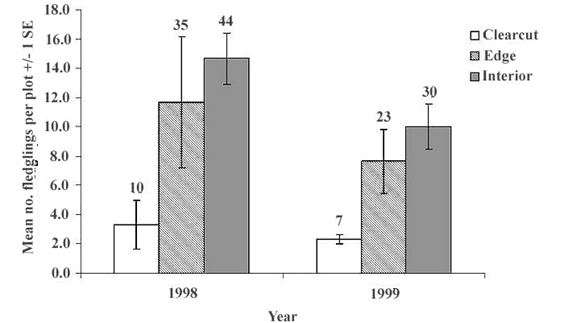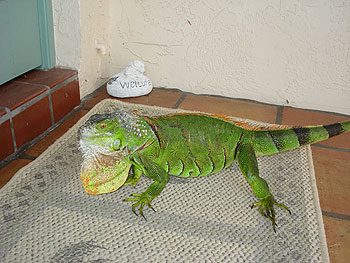Return to Biology 1114 Index Page

Preview
Material for Exam 1 - Spring 2010
Print
the PDF version (no pictures, better printing)
Remember:
Use a #2 pencil to fill in the information on your NCS answer sheet. Put your O-Key Account Username in the boxes indicated for LAST NAME and darken the appropriate circles. Write your Name (Last, First) and “Star” or “NoStar” in the space above the boxes containing your O-Key Account Username. Darken the (S) in the last column of the name circles. Enter the number 1011 and darken the corresponding circles in the first 3 columns of the “Student ID.” Failure to perform this correctly will incur a -10pt handling fee. Read all questions and answers carefully before choosing the single BEST response for each question. Feel free to ask the instructor for clarification.
ATP is one of life’s most versatile molecules. It is recognized as a universal biological “energy currency” and is the major source of chemical energy for the body’s metabolism. It is also a structural component of nucleic acids and, more recently, has been demonstrated to be a “signaling molecule,” especially between nerves and muscles. Physiologists have noted that when both ATP and noradrenalin (another signaling molecule) are released from certain nerves, heart muscle cells begin to contract. Lack of proper amounts of either of these signaling molecules in the human heart can result in arrhythmias (abnormal heartbeats). ATP also plays a role in embryo development, intestinal contractions, skin cell growth and bone regeneration.
source
 source
sourceDr. Crank was interested in developing new medicines that influence metabolism. After ethically treating mice with prospective compounds, he made many biological measurements and compared the results to control animals. The following table shows how four of the compounds changed the metabolism of the mouse cells.
| Compound | ATP production | O2 usage | Rate of protons (H+) entering the intermembrane compartment | NADH Usage |
|---|---|---|---|---|
73 |
Increased |
Increased |
Increased |
Increased |
87 |
Stopped |
Stopped |
Stopped |
Stopped |
91 |
Decreased |
Stopped |
Stopped |
Decreased |
99 |
Decreased |
No change |
No change |
No change |
During the last ice age lions, cheetahs, mastodons, mammoths, giant sloths, and giant armadillos roamed North America. Soon after prehistoric men arrived on the continent, many of these large creatures went extinct. A well intentioned group of scientists would like to reintroduce animals to North America that are similar to these now extinct animals. If they wanted to reintroduce armadillos across all of North America, they could use the related, but smaller nine-banded armadillo that has a current ranges no further north than Oklahoma.

source
Jimmy is a young scientist who hoped to win the turtle race at the next county fair. Since he was concerned that his turtles were too slow, he developed a new food that he hypothesized would make them faster. He fed the experimental food to 3 turtles and his regular food to 3 turtles. The turtles were placed in the middle of a ring and the time it took them to exit the ring was measured. The time for the three turtles for each food type is shown in the following table.

source
| Food Source | Replicate 1 | Replicate 2 | Replicate 3 |
|---|---|---|---|
Turtle Chow |
27 seconds | 35 seconds | 23 seconds |
| Super Speed Boost Formula 3 | 47 seconds | 69 seconds | 59 seconds |
Jimmy has a pet spider that he dearly loves. While he is working in the lab, the electricity goes off in his apartment and the temperature decreases.

source
 source
sourceJimmy wanted to measure the density of red blood cells in the blood of each of his turtles hoping that this measurement could help him select the best turtle for racing. While looking at the blood sample under a microscope, he added water to dilute the blood and allow him to count more easily. To his surprise, the cells rapidly expanded.

source
Arctic foxes have a counter-current exchange mechanism in their legs, similar to the wolf. On a cold day, a physiologist takes temperature measurements in the vein of the foot (returns blood to the heart), the artery of the foot (brings blood away from the heart), the vein in the leg, the artery in the leg, and the internal body temperature (near the heart).
 source
sourceThe Garter Snake (Thamnophis sirtalis) is a common predator of the Rough-Skinned Newt (Taricha granulosa). The Rough-skinned Newt produces a nerve toxin in its skin. Over time, the toxin levels increase in the newt, and the toxin resistance increases in the snake.
source
A scientist is investigating thermoregulation in two organisms, an eastern grey squirrel and a newly discovered organism named a “quirckle”. The scientist measures the internal (core) temperature of the squirrel as 38.7º C and that of the quirckle as 36ºC.

Water moves out of the solution inside the descending limb (A) of the nephron loop.

source
After a cold desert night, two spiders of the same species are sitting on a rock as the sun rises in the morning and begins to warm them. The second spider is ten times as large as the first.


source
You have two similar sized pets, a pet ferret and a pet iguana. Your new landlord has banned indoor pets, and you are forced keep your ferret and iguana outside all year.
 source
source